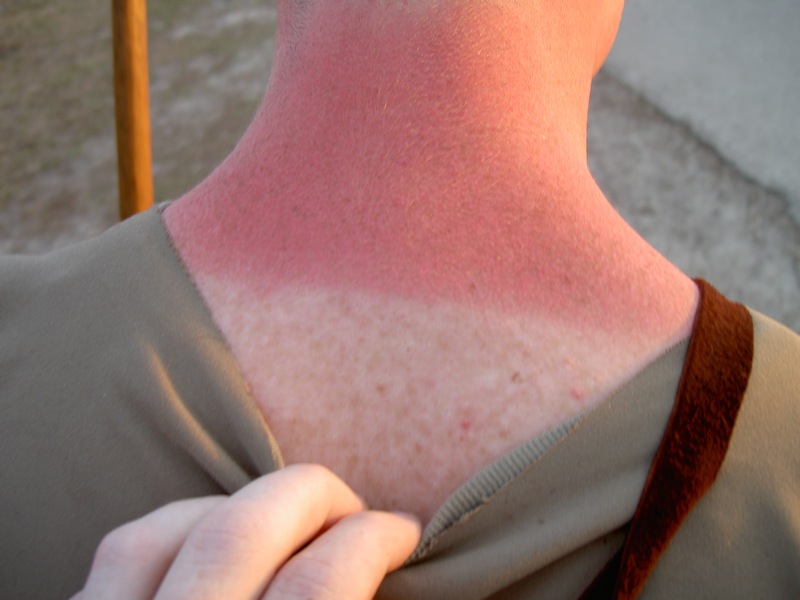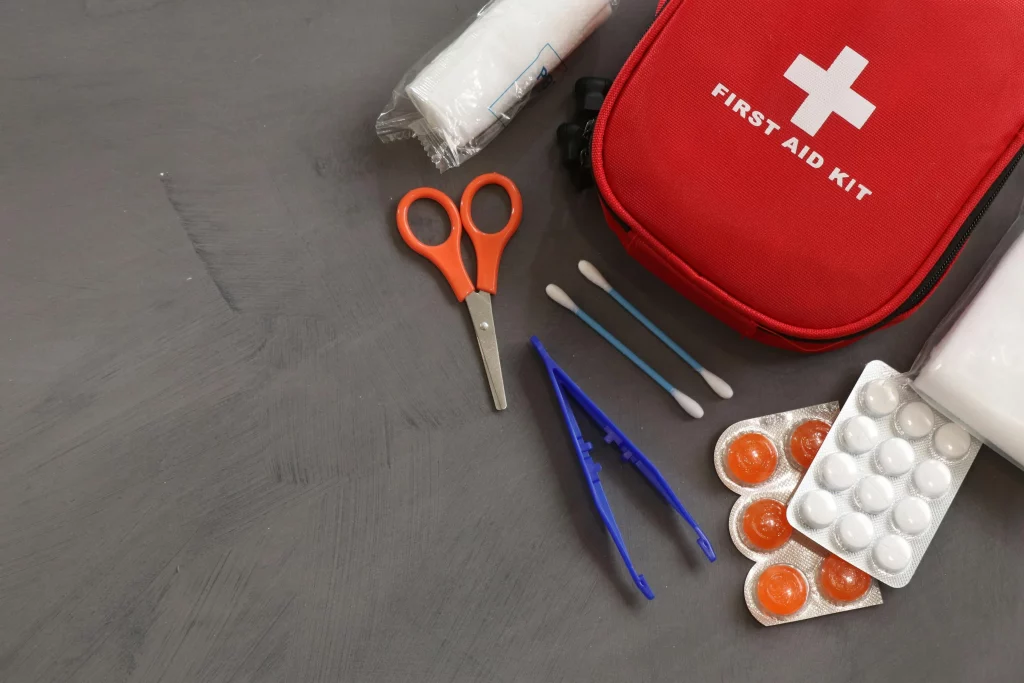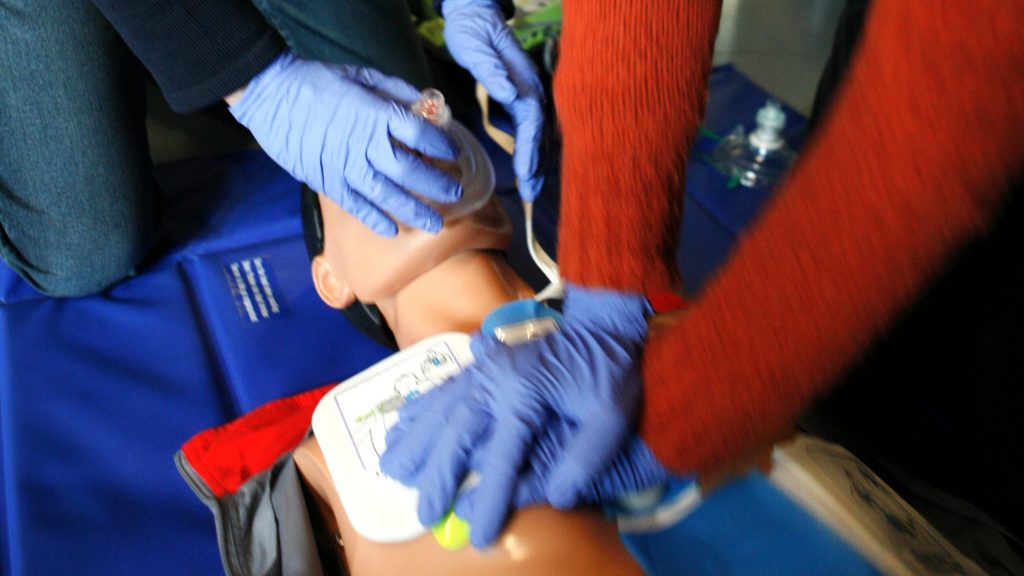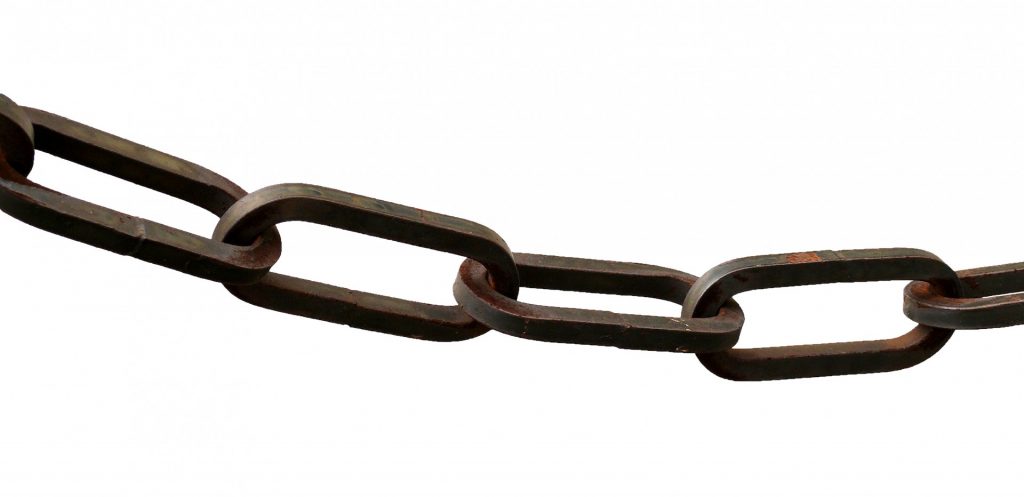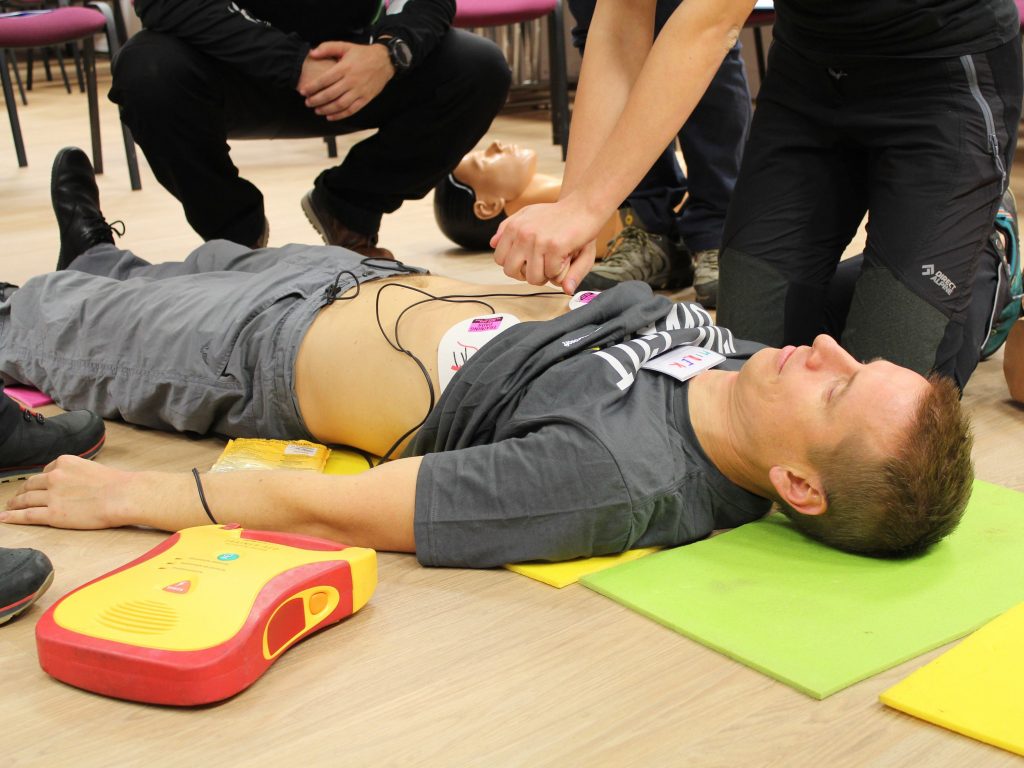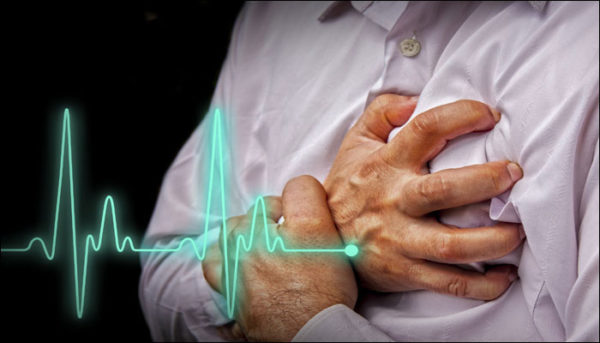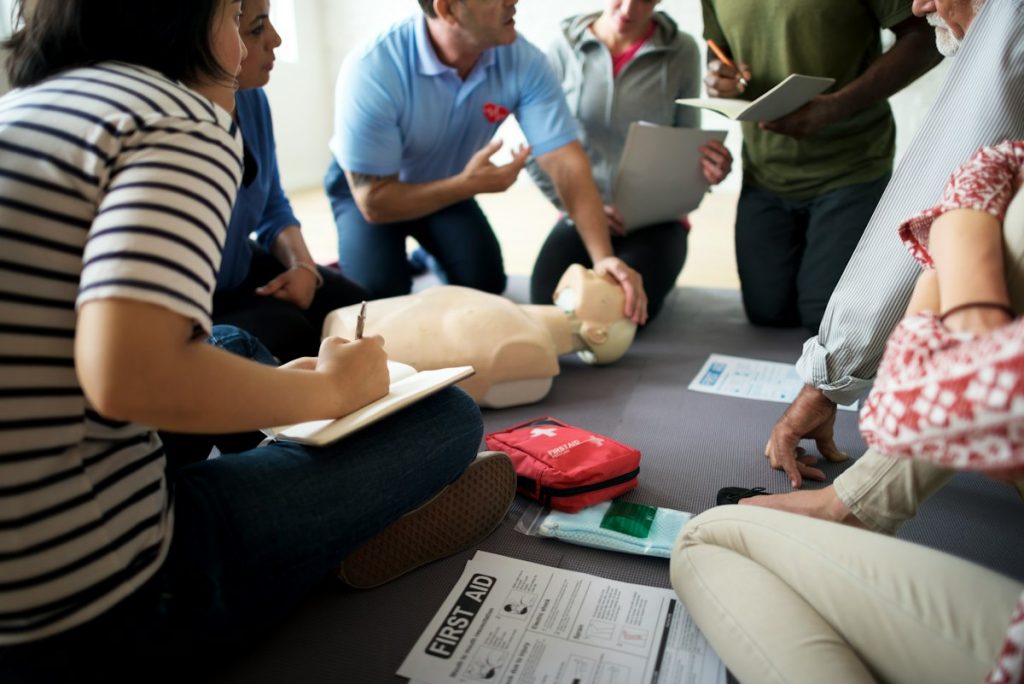Wellness programs can be effective, but it really depends on various factors such as the design of the program, the level of engagement from participants, and the organization’s commitment to supporting employee well-being.
Studies have shown that well-designed wellness programs can lead to positive outcomes such as improved employee health, increased productivity, reduced absenteeism, and lower healthcare costs for employers. These programs often include initiatives such as fitness challenges, healthy eating seminars, stress management workshops, and incentives for healthy behaviors.
However, the success of a wellness program also hinges on employee participation and buy-in. If employees don’t feel motivated to engage with the program or if the initiatives don’t resonate with them, the impact may be limited.
Additionally, it’s essential for organizations to create a supportive culture that prioritizes employee well-being beyond just offering wellness programs. This can involve promoting work-life balance, fostering a positive work environment, and providing resources for mental health support.
Overall, while wellness programs have the potential to work, their effectiveness ultimately depends on a combination of factors including program design, employee engagement, and organizational support. Be sure to add CPR and First Aid training as part of any well rounded wellness program!




